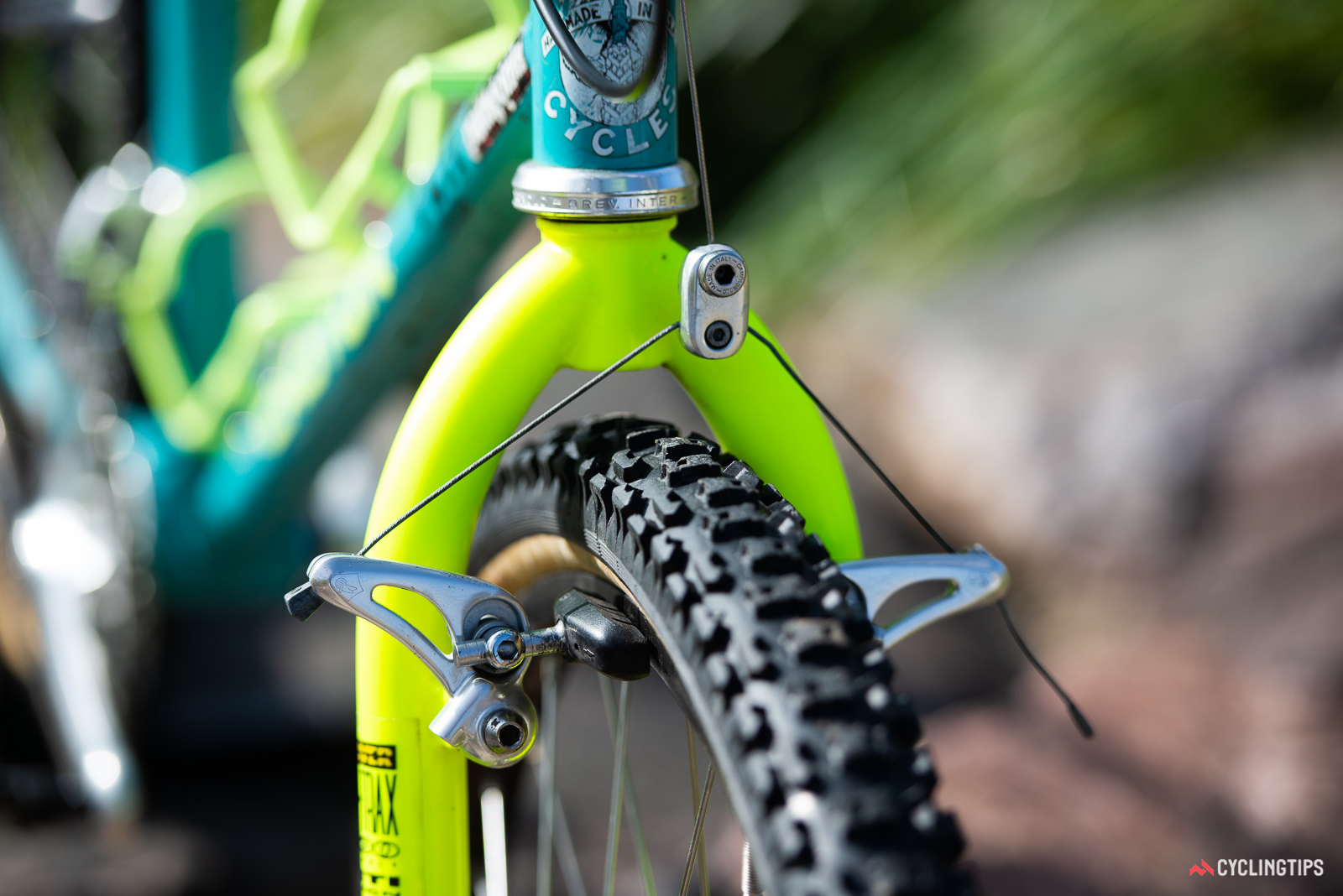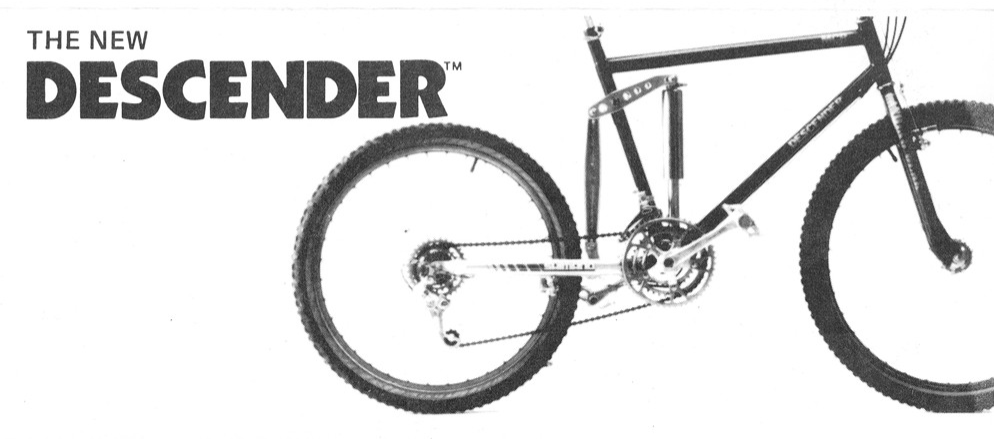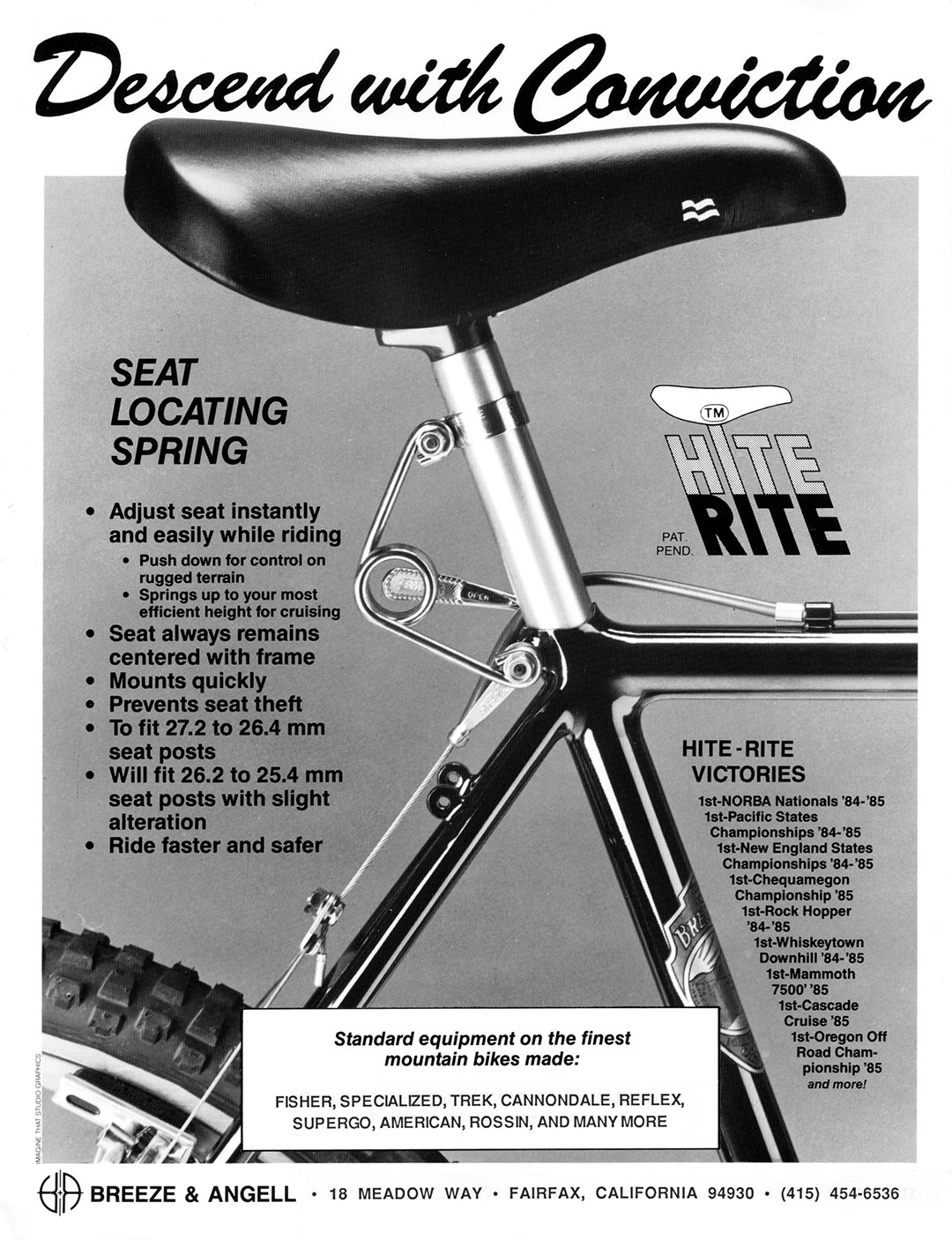Mountain Bike Innovations We're Thankful For
Hydraulic Disc Brakes
Few things are taken for granted more than being able to stop yourself on a mountain bike, but it wasn’t always that way. In fact, braking used to be a real problem for mountain bikers. Those who have been around the sport for a while likely have nightmares of hanging on for dear life as they throw themselves down the trail on a fully rigid MTB, hoping that their v-brakes will provide enough stopping power to slow down. For those that don’t know, v-brakes were essentially two slivers of rubber that pushed against the rim to generate enough friction to stop your bike. They worked fairly well in dry conditions but throw some wet weather in the mix and you’ll find that they collect copious amounts of mud and squeal like a banshee, all the while lacking adequate stopping power. However, in 1997 Hayes introduced the Mag disc brake, and the rest is history. Now there’s almost no mountain bike sold without disc brakes, as they provide exceptional stopping power and performance in inclement weather.
 V-Brakes on an older MTB. Retrieved from Cyclingtips.com
V-Brakes on an older MTB. Retrieved from Cyclingtips.com
Suspension
Believe it or not, mountain bikes didn’t always have suspension. You know, the thing that goes squish on your bike to provide a smooth and comfortable ride. Back in the day, mountain bikes used to be glorified road bikes that had thicker, stouter frames and larger off road tires. If you’ve ever ridden a gravel bike on a singletrack trail, the experience is not so far off. Just 30 years ago the concept of suspension on mountain bikes was a pipe dream. There have been shocks on bikes as early as 1885, but it wasn’t until the mid 1980s when we started to see the inklings of suspension development as we know it today. Early designs were clunky, heavy and just not practical. If you want a more “traditional” feel to your ride I suggest trying a hardtail, which features only front suspension. Modern mountain bikes are renowned for their suspension and its ability to provide a smooth, supple ride while maintaining efficient pedaling ability. Next time you’re blasting down the trail on your 160mm travel Santa Cruz, think about the developments that took place to get mountain bikes to that spot.
 An original ad for Brian Skinner's 'Descender' mountain bike. Retrieved from Mombat Bicycles
An original ad for Brian Skinner's 'Descender' mountain bike. Retrieved from Mombat Bicycles
Dropper Posts
If you’ve ridden a mountain bike you likely know that seat position matters to enhance your pedaling performance on varying terrain. Generally you’ll want a higher position for the climb and all the way down for the descents. This adjustment used to be made by dismounting from your bike, manually raising or lowering the seat via a quick release lever, then getting back on. This took valuable time away from your ride not to mention how much of a hassle it was. Enter the dropper post, a type of seatpost that allows raising/lowering of the seat with the push of a lever. In 1985 Joe Breeze brought us the first iteration of this device called the Hite Rite, but unfortunately it didn’t catch on. It wasn’t until the mid 2000’s that we saw dropper posts start to become widely used, though they were highly unreliable compared to those we see used today.
 An original ad for the Hite Rite. Retrieved from mbaction.com
An original ad for the Hite Rite. Retrieved from mbaction.com
Previous
